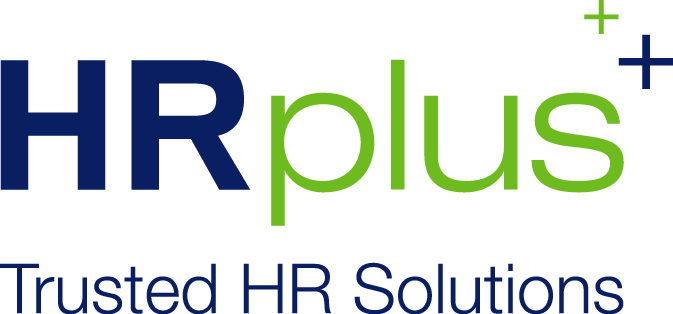Is working from home a long term option?
After two years of COVID-19 disruption, some organisations have completely returned to pre-Covid arrangements with staff returning to their workplaces.
Other organisations have accepted that their future might be one characterised by permanently changed working arrangements - with employees alternating between working on site and at home; or at home all the time except for the occasional meeting or company social function.
But, there are still many organisations in limbo, with arrangements in place that are not ideal, but being tolerated due to the ongoing global economic uncertainty and the risk of losing top talent.
“It is important to send clear messages about what is right for your organisation. Our clients with employees back in the workplace have made it very clear to their employees early on, that they would be expected to return to work as soon as government mandates allowed. This has resulted in a smooth transition back to the office with no other expectations.”
Many organisations are transitioning their business models to a new way of working.
“Two years ‘testing out’ working from home has allowed companies to fine tune working arrangements that offer clear benefits for both parties. There are now more ‘hybrid’ working arrangements, where team members are rostered between the office and working from home. This is becoming more popular as it offers employees and teams more flexibility, more autonomy and choice.
Hybrid will look different at every company. Some companies are implementing rosters with fixed days and rosters for specific teams, while others may be less rigid.
Getting this model right requires strong leadership, clear communication and guidelines, a people-first approach and the implementation of technology to keep employees connected and up-to-date.
Working only from home without dropping into the office on a regular basis, is not seen as the best model for people and many organisations.
Dr Fiona Kerr, founder and CEO of the NeuroTech Institute, explains that creativity flourishes in the presence of others through the process of brainwave synchronisation. Our brains fire a lot when we’re together, especially when we’re creating. This doesn’t occur over a video conferencing call.
Jamie Dimon, CEO of JP Morgan Chase agrees that home based working ‘doesn’t work for people who want to hustle, doesn’t work for culture and doesn’t work for idea generation.
Evidence is mixed on how working from home affects productivity for individuals in practice. But, over time, as organisations and their workers negotiate outcomes, learn and adapt, and become more effective at working from home, it is anticipated that productivity will remain the same or improve under more widespread working from home.
Here are some suggestions from our HRplus consultants:
If you want employees to return to the workplace, clearly articulate your expectations and timelines.
Ensure your employees have sufficient time to adjust and make plans.
Have clear guidelines in place about how work will be undertaken.
Listen to employees who have different needs and be prepared to negotiate alternatives with them – but put a sunset clause or end date on these arrangements.
Ensure thorough staff consultations occur before changes are made as required under legislation such as the Fair Work Act and Modern Awards.
If you permit staff to work from home on an ongoing basis, remember that the home based workplace will be treated as an extension of the workplace so must be safe. In such case, we recommend home based working arrangements and risk assessments be undertaken and periodically updated to ensure work can continue safely and effectively from home. (HRplus offers a working from home kit to assist clients to manage working from home arrangements).
Support employee wellbeing and ensure ‘out of sight, out of mind’ doesn’t become common practice.
Employment contracts and job descriptions should be updated to reflect any new working arrangements.
Ensure performance reviews take place (ideally face-to-face) and be clear on career opportunities.
Ensure job advertisements are clear as to whether the position advertised is in office or remote.
Update HR policies and practices as required (i.e. performance management, staff training, safety, IT and communication policies).
Don't drift .... make clear and firm decisions about how future work will be undertaken in
Never stop communicating! Everyone works much better with certainty, rather than ambiguity.

